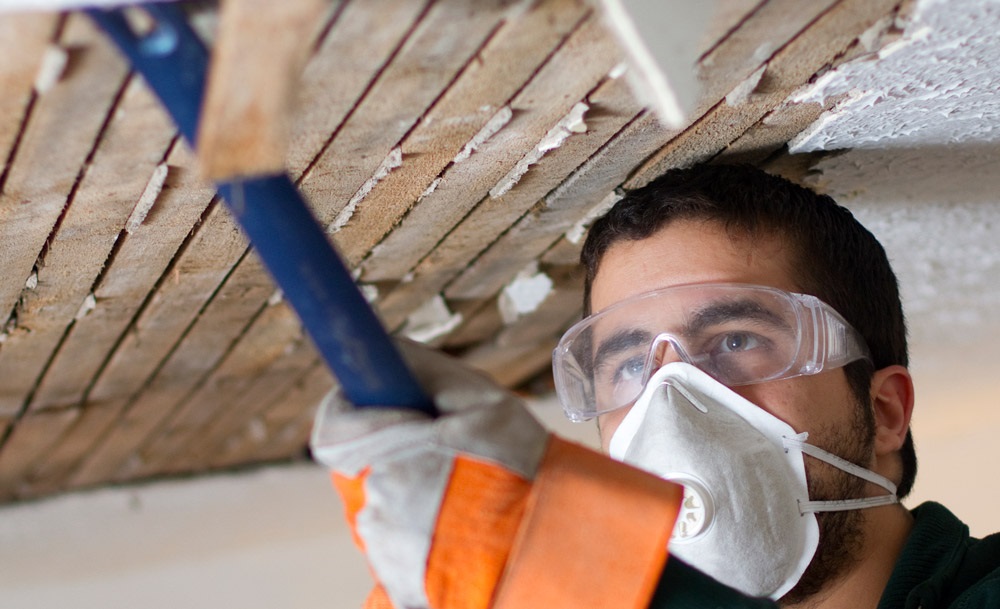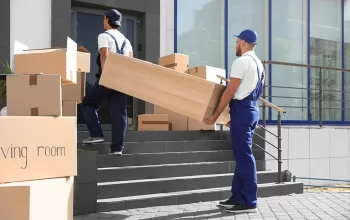Every house gets affected by natural things. It needs timely maintenance to fix everything that has happened. Wet surfaces at our home can affect everyone in the house. It affects the quality of our homes and seriously affects our health. One of the severe side effects of wet surfaces in our homes is mold growth. We can see molds anywhere, that is, in residences and offices. Wherever there is construction and pipeline work, you can see molds there. Mold Remediation is not easy. It is not something that you can do in your home. Any DIY ideas can never help you to get rid of them completely. You need Mold Certification Training for proper mold remediation.
Why Can You Not Do Mold Remediation At Home?
Mold remediation or mold demolition is the process of removing life-threatening mold growth from our property. Molds are fungi that appear on structures or constructions and may deteriorate the quality of our property. Exposure to mold affects each age group of our family. If you have small children at your home exposed to molds, their growth may be affected. Also, because of their weakened immune systems, older adults cannot take the side effects of mold growth into our house. Adults’ respiratory systems are also affected by molds and are prone to different allergies and diseases. Sometimes these allergies are life-threatening.
There are many ways to remove molds from our houses or offices. Still, you can get exposed to these molds accidentally, which may adversely affect your health. We need specific things to remove mold. If your buildings have too much mold, you need to call a professional with Certified Mold Inspector Training who will analyze the problem and help you eliminate the mold from the roots.
As stated earlier, we need specific things to remove molds from our home. We need some chemicals to eliminate fungi, which may also harm our health. For that, the personnel with Mold Certification Training will use professional things for safety measures so that his skin or other organs do not have direct contact with the chemicals. As we do not have that much knowledge about chemicals and safety steps to avoid harm, it would be best to contact the person with the best Certified Mold Inspector Training to remain safe.
When Can Your House Have Molds?
There are various reasons that molds occur in our houses. But the common fact behind its growth is excessive moisture. A wet surface is a common place where mold spores happen to dwell. Therefore, if your property has had pipe leakage recently and was unattended for a long, the surface may develop mold spores.
Also, mold will definitely grow if your house is a flood victim.
What Are The Familiar Places Where Molds Grow?
To get rid of the molds from roots, you should know its causes and familiar places where it is likely to grow.
Some Of The Places Where The Molds Are More Likely To Grow Are:
- Walls and ceilings
- Roofs with leakage
- Basement with recent floods
- Between piles of newspapers
- Floors and carpets
- Books
- Home decor fabrics
How To Clean The Molds From Our House?
Suppose mold growth is limited or covers the small surface of your house. In that case, you can do it on your own using simple steps and essential preventive measures. It must use the following preventative things to avoid direct contact with molds or cleaning materials:
- A respirator or at least mask to cover your nose
- Body covering clothes
- Good quality rubber gloves
- Glares
Before Using Any Chemicals On The Mold Growth:
- Ensure the surface is clean.
- For that, rub the surface with a stiff brush.
- Along with it, use hot water and a detergent without ammonia.
- Wipe the area with a clean cloth and use water to clean the surface.
Once you do this, start disinfecting the surface with the help of bleach. Remember not to mix ammonia with bleach. Because it will create fumes that may badly affect your health. When using bleach for your home, ensure that the doors and windows are wide open and you can respire adequately.
After disinfection, allow the surface to dry. Molds can also grow on fabrics; ensure that you give them for dry cleaning. If the molds do not go after dry cleaning, consider throwing them away. Remember throwing away the things that cannot be repaired is always better. Otherwise, the molds will grow again in your house.
Last but not least, prevention is always better than cure. Keep your home surface as dry as possible and act once you see a slight growth.






